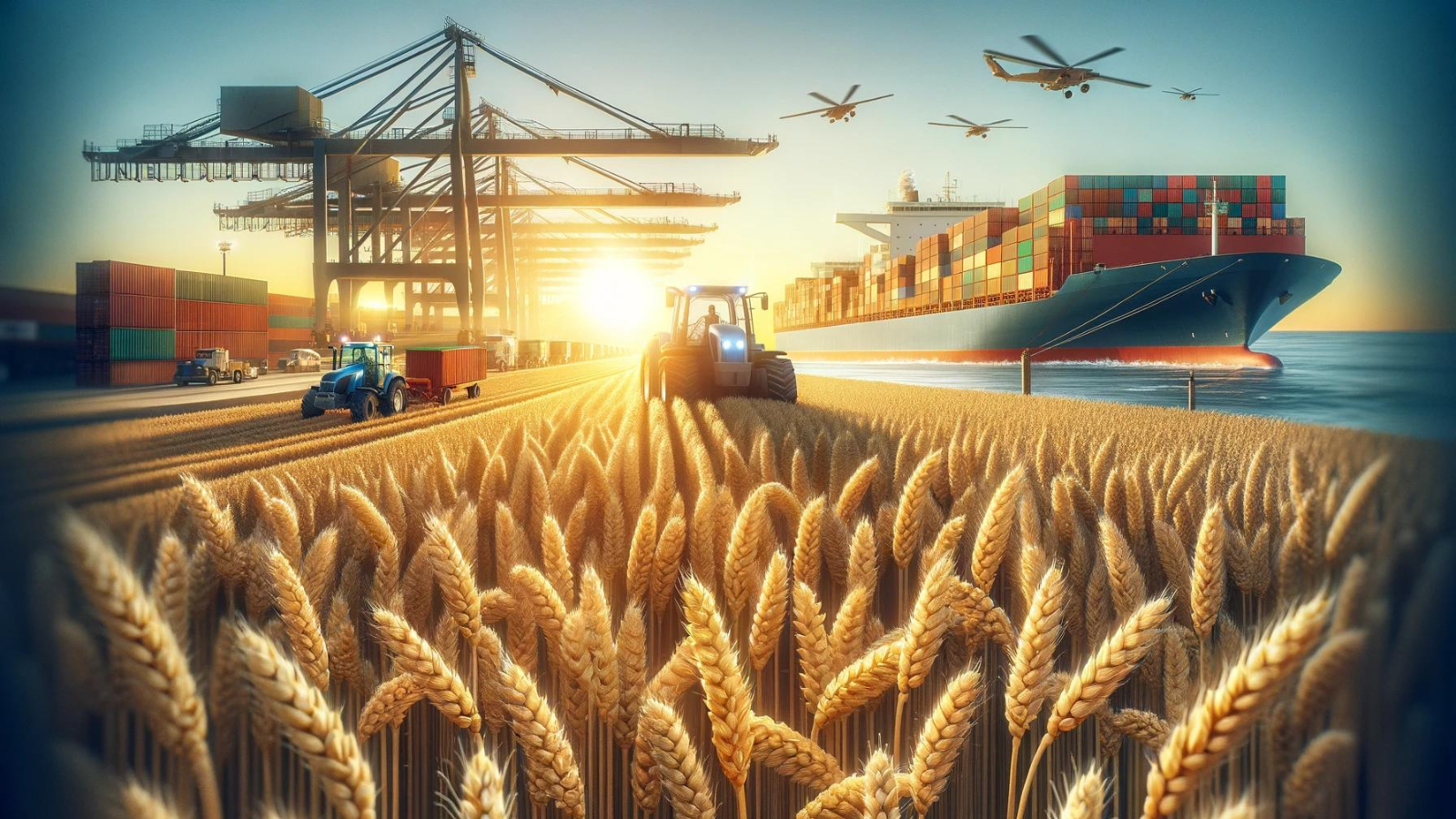
Wheat, often referred to as the “staff of life,” holds a central place in our diets and economies. It’s a staple food for billions of people and a vital commodity in the global agricultural landscape. In this article, we embark on a journey through the wheat market, exploring the intricacies of its supply chains and the factors driving price fluctuations.
A Grain with Global Impact
Wheat is one of the world’s most widely cultivated crops, with a presence on every continent except Antarctica. Its global reach is matched only by its ubiquity in our daily lives. From bread and pasta to cakes and cereals, wheat-based products are dietary staples for many.
But wheat is not just a dietary mainstay; it’s also a critical economic driver. The wheat market is a complex ecosystem, encompassing farmers, traders, processors, and consumers across the globe. Understanding its dynamics requires a closer look at the wheat supply chain.
Sowing the Seeds of Supply
The journey of wheat begins with the sowing of seeds. Farmers carefully select wheat varieties best suited to their region’s climate and soil. They invest in quality seeds, fertilizers, and pesticides to optimize yields. Weather plays a pivotal role, with too much or too little rain impacting crop health. These variables make wheat production a delicate balancing act.
The Harvest and Beyond
When the wheat fields are ready for harvest, the real work begins. Modern farming equipment, from combine harvesters to grain trucks, streamlines the process. Farmers work diligently to ensure a bountiful harvest, as yields directly affect their income.
Once harvested, the wheat undergoes cleaning and grading processes to remove impurities and ensure quality. It’s then transported to storage facilities, where it awaits its next destination. The logistics of moving wheat from farm to market involve a network of trucks, trains, and ships, making it a truly global commodity.
Wheat on the Move: International Trade
Wheat’s journey doesn’t end at the farm gate. It’s a key player in international trade, with countries both importing and exporting to meet their needs. Trade agreements, tariffs, and geopolitical relations shape the flow of wheat around the world. A change in one region’s wheat production can impact prices in distant markets, illustrating the interconnectedness of the global wheat trade.
Price Fluctuations: The Economic Chessboard
The price of wheat is subject to a complex interplay of supply and demand factors. A surplus of wheat can lead to lower prices, affecting the income of farmers. Conversely, a shortage can drive prices higher, impacting consumers and food security. Wheat prices are influenced by a multitude of factors, including weather events, currency fluctuations, and government policies.
Futures contracts, a common financial tool in the wheat market, provide a means for producers and consumers to hedge against price volatility. These contracts help stabilize prices and ensure a consistent supply of wheat, contributing to global food security.
Challenges in the Wheat Market
While the wheat market plays a vital role in sustaining populations worldwide, it faces several challenges. Climate change poses a threat to wheat production, with rising temperatures and changing weather patterns affecting yields. Additionally, pests and diseases can decimate wheat crops, necessitating ongoing research and innovation in crop protection.

Technological Innovations: Navigating the Future
To address these challenges, technological innovations are reshaping the wheat industry. Precision agriculture, data analytics, and genetically modified wheat varieties offer promising solutions. These technologies not only increase yields but also enhance sustainability by reducing resource waste and environmental impact.
The Wheat Market: A Global Symphony
The wheat market is a symphony of interconnected players, from farmers and traders to consumers and policymakers. Its supply chains span continents, providing sustenance and economic livelihoods. Price fluctuations, driven by myriad factors, require strategic planning and risk management.
As we contemplate the future, the wheat market remains both a beacon of stability and a canvas for innovation. It reminds us that our daily bread is not just a source of nourishment but a testament to the intricate dance of supply chains, economics, and human ingenuity on a global scale.










